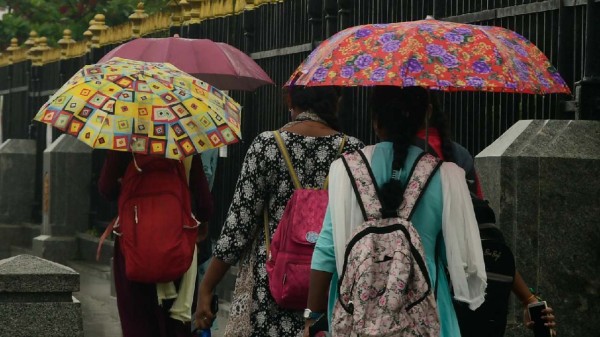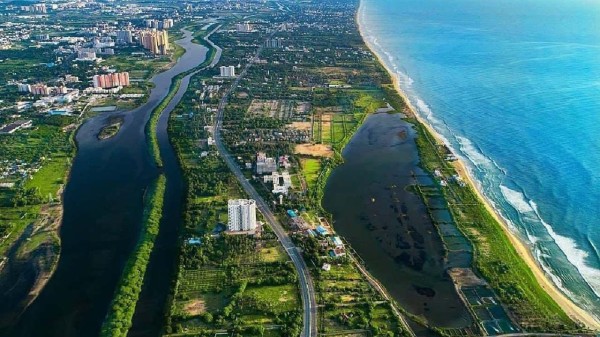

By signing in or creating an account, you agree with Associated Broadcasting Company's Terms & Conditions and Privacy Policy.


By signing in or creating an account, you agree with Associated Broadcasting Company's Terms & Conditions and Privacy Policy.

Chennai: In a significant move to boost connectivity to pilgrimage and tourist sites, the National Highways Logistics Management Limited (NHLML) has invited bids to prepare detailed project reports (DPRs) for six new ropeway corridors in Tamil Nadu. This central government initiative, part of the broader Parvatmala Pariyojana, is being mirrored by the state government, which is exploring similar cable-car systems in key locations, signaling a coordinated push for alternative transit solutions.
The NHLML has called for technical consultants to undertake comprehensive studies for six proposed ropeway projects. The identified locations are:
The lengths of these proposed corridors will range from 0.5 km to 4.6 km. The selected consultants will be responsible for a wide array of tasks, including topographical and geotechnical surveys, traffic demand analysis, environmental and wildlife impact assessments, cost estimation, and supporting the process of obtaining statutory clearances. The Request for Proposal (RFP) has set a stringent six-month deadline for the completion of these detailed project reports.
Simultaneously, the Tamil Nadu government is advancing its own ropeway plans, as announced in its state budget. Chennai Metro Rail Limited (CMRL) has been tasked with leading the feasibility studies for introducing ropeway-based transport systems. Key projects under the state's purview include:
The primary objective of the Parvatmala Pariyojana is to improve transport facilities in challenging terrains, connecting tourist, pilgrimage, and hill stations. The proposed ropeways in Tamil Nadu are expected to significantly enhance accessibility to remote and ecologically sensitive destinations. By providing a direct aerial link, these systems aim to reduce travel time, decongest road traffic, and minimize the environmental footprint associated with traditional road construction in hilly areas. This dual initiative by the Centre and the State government marks a strategic shift towards sustainable and efficient transit options, following successful models implemented in states like Himachal Pradesh, Uttarakhand, and Gujarat.












